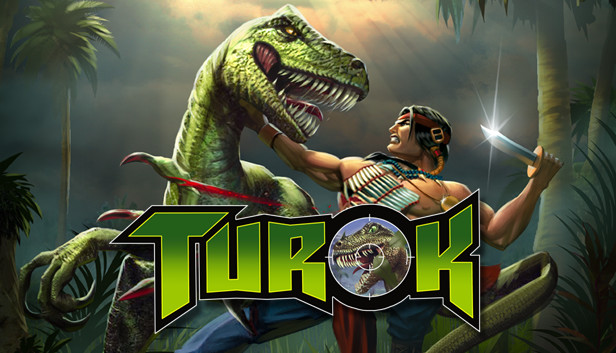Upon launching Duke Nukem 3D, 3D Realms was unknowingly on its way to becoming an integral part in the popularization of first-person shooters. For the studio's creative minds, there existed a desire to fundamentally elevate the genre's design, gameplay, and storytelling potential. Such aspirations were what motivated the inception of Prey in 1995.
To achieve its ambitions, 3D Realms set about developing a new game engine to run Prey and future endeavors. These goals, and countless others, strained the workload, resulting in a series of unmet expectations. For years, the genre evolved without its influence; the likes of Battlefield and Call of Duty rose to the top, establishing a new norm while Prey endured development hell. But Prey, when it finally emerged from the depths, offered an experience unlike any other. While there's little to suggest it marked the seminal release 3D Realms had dreamt of, Prey's 2006 adventure merited applause for at least attempting to reinvent the wheel.
What unfortunately followed were myriad stumbling blocks that plagued the IP for several years thereafter. A sequel was greenlit, announced, then cancelled. And though the franchise changed hands on more than one occasion, both installments managed to follow 3D Realms's basic vision by striving to enrich the genre.
Today, Prey has evolved in its own right, distant from the promise of the original, but still honoring the desires held by a small group of developers 25 years ago. The journey wasn't easy, though few would argue it hasn't paid off in spades.
This is the history of Prey.





